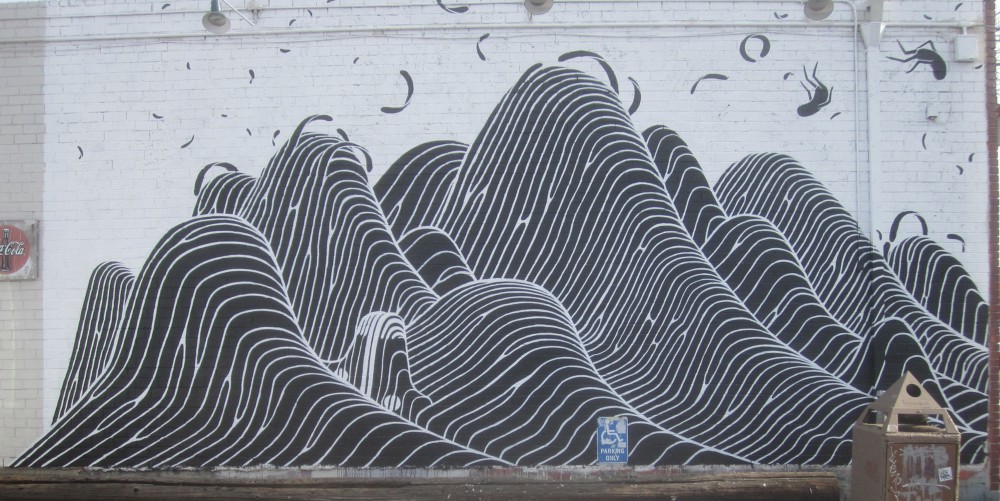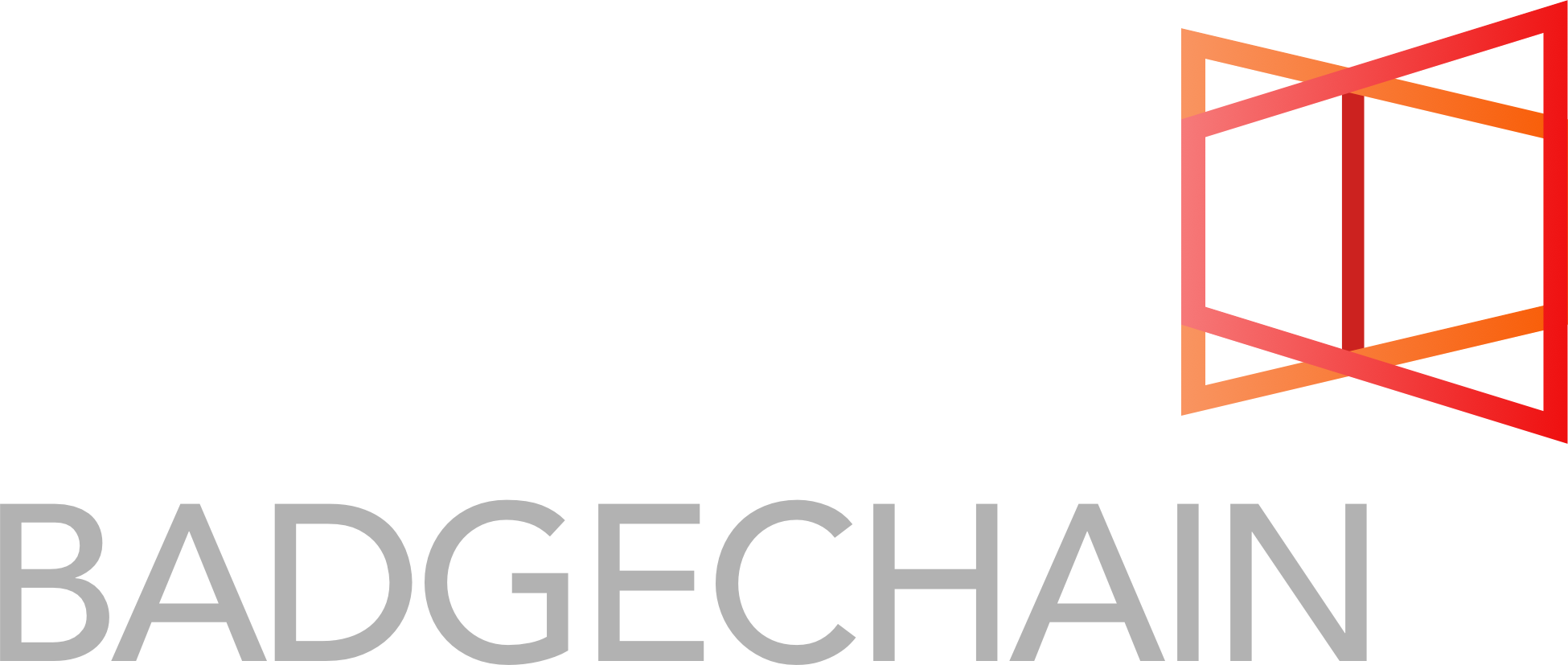
In our discussions over the past couple of months about what would ultimately become BadgeChain, we’ve been trying to unpack what would happen if we injected blockchain technologies into an open badges framework.
Keep in mind that we started with an examination of blockchain and open badges, but we’re exploring and not entirely sure where we’ll end up.
To evidence this serendipitous learning experience, one of the aspects that has me excited is the possibility to connect blockchain with open badges to re-invent the learning log. This would create what Serge Ravet coined as the Personal Ledger. I’m excited to think of this as expanding into a Personal Learning Ledger in educational settings.
Digital Portfolios
The idea of having students showcase their learning is nothing new. For decades, portfolios have been a staple of teachers’ instruction and assessment. Educators have the opportunity to use portfolios to work with learners to identify and map learning pathways while including learning artifacts. In this process, learners can identify their strengths, focus on learning opportunities, and build up metacognitive skills.
When integrated into an online spaces using digital tools, these portfolios are known as digital portfolios or e-portfolios. The use of digital texts and tools (have the potential to) turbocharge this process by enriching the authenticity and audience of product. Online spaces and learning/content management systems (have the potential to) create a space for capture and presentation of student work over time.
It’s important to remember that learning itself may be seen as the construction of identities as individuals take up and take on different social practices in different contexts with different social communities at different times. In simple terms…to engage in learning is to engage in the project of constructing and reconstructing identity.
Open Badges
Badges are visual representations and indicators of learner accomplishments, skills, or interest. They are symbolic representations that can be easily shared and communicated across varied academic, social, and work-related contexts. For more on digital and open badges, please view our earlier post.
When embedded in a digital portfolio, learners can display relevant digital evidence of expertise and learning trajectory. This curation and showcasing of artifacts and credentials becomes an amalgamation of students’ digital identities as learners.
A challenge in the development and use of badges in an ecosystem is that while badges convey information, there are no standards for the information contained in the metadata of a badge. A badge by itself does not guarantee that the achievement or metadata is recognized as a credible marker of success outside of the individual learning communities.
Blockchain & BitofTrust
In the BitCoin model, peer-to-peer networks distribute and record a public ledger. These transactions and blocks of transactions in the model are known as they blockchain. The public ledger uses bitcoin as the unit of account in the system.
Through the integration of open badges and blockchain technologies, we’re looking to give birth to a BitofTrust. The BitofTrust would be portions of an amount of a skill, body of knowledge, or expertise. In just the same way that a BitCoin is divided into portions and shared out…a BitofTrust would be portions or levels leading up to expertise.
To make this a bit simpler, imagine you were the world’s expert in making a peanut butter and jelly (PB&J) sandwich. If we could take all of the knowledge, skills, and dispositions needed in PB&J sandwiches, the total would be indicated as 1000 BitifTrusts. Therefore, if you were the expert in PB&J sandwich manufacturing, your credentials and your ongoing education and practice in all things PB&J would continue to build value in your shares of PB&J sandwiches. Bringing this back to badges as a form of identity…if others wanted to make their way in the world of PB&J sandwich manufacturing…they’d be able to see your expertise, connect with you, and learn from you.
Personal Learning Ledger
In this space between digital portfolios, blockchain, and digital badges, there is a possibility to construct a personal ledger. In personal finance, or accounting, a ledger is a document that identifies an individual’s assets as identified by cash, inventory, and wealth. Through the use of advances in BadgeChain, it may be possible to track individual levels of achievement, and utilize digital credentials in assessment.
In an educational context, this could be integrated into a students portfolio or presented in a manner that is accessible and transparent to provide a clearer picture of the skills and capabilities of the individual. Through BadgeChain and the BitofTrust, this personal learning ledger would be ubiquitous and make transparent the knowledge, skills, and dispositions learners have garnered in and out of school placements.
In practice this might resemble an open version of LinkedIn that would allow individuals to define their own capacities, education, and experience while permitting others to “vouch”(or add a BitofTrust) to aspects of the individual’s ledger. This model would also contain elements of a badging ecosystem in which the ledger would include metadata to indicate when, why, and how an achievement was noted, and who awarded the badge.
Finally, the personal learning ledger could involve a voting system such as the “karma” system in Reddit, or “likes” in Facebook. Friends, mentors, or colleagues of the individual could respond, vet, or approve aspects of the ledger. In this system, individuals could work to value and document their social capital in learning networks as they participate and collaborate globally.
In closing
In bits of this post, I got a bit granular trying to discuss things that seem concrete…but are very fluid. We’re still trying to understand this, and things might change.
The thoughts presented above are my attempt to synthesize our discussions over time, and make sense of the possibilities. Please do not take this as the planned course of action for the group.
I’m sure my colleagues will leave feedback on this post as we iterate over time. We’re trying to think & learn openly. 🙂
Like what you see here? Sign up for my newsletter to stay on top of weekly events in literacy, technology, & education.
Originally published at W. Ian O’Byrne.

Follow Us